“We’re living in a material world. A radioactive material world, ” jokes the lead singer. “This isn’t the future we hoped for.”
Two years have passed since the triple meltdown in Fukushima Prefecture in March of 2011. Until then the Japanese fashion subculture was dominated by the so-called “Harajuku Girls,” who became famous after Gwen Stefani’s 2004 solo pop album. However, Japan is slowly developing a post-Fukushima nuclear accident generation of artists and subculture. They aren’t singing about fashion and love; they’re singing about radiation and alienation. Rock and roll is the medium for telling the truth that the mainstream media no longer wants to handle.
The Shingetsu Toka, aka “The New Moon Light Flowers” is a group of female musicians (28-32) who perform live rock music concerts in Fukushima prefecture and in Tokyo every month.
“Our goal is to raise awareness of the dangers of nuclear power and exposure to radiation to people who live in Tokyo,” the drummer of the group told JSRC. “We basically sing about the indifference and responsibilities of the Japanese adults and voters, including myself. However we find it very difficult to realistically write about the sentiments of the people of Fukushima after the 3/11 nuclear accident. Some our songs should be taken as love songs dedicated to children living in Fukushima; some are protests, some are news bulletins.”
The Shingetsu Toka also promote an NPO called “Tarachine” in Iwaki city that ensures food safety and conducts radiation measurements in Fukushima prefecture. They released their second mini-album “Living in a Radioactive Material World” this year. The title song has the punch of early Clash, the vocals on the acoustic song, “アスノメ (the eye of tomorrow) are smoky, poignant and reminiscent of Marianne Faithful–if she had been a protest singer. The live recording of 打ち砕いて (Knock it down) has in the background the enthusiastic cheers from the Fukushima local high school kids, who find their despair voiced in the lyrics of the band. The sing-along aspect of the recording gives a better sense of how united the locals are against a common enemy: the nuclear industry and the Japanese government that let them run amuck and has not (or can not) repair the damage that has been done.
After the Fukushima Daiichi nuclear power plant accident of March 11, 2011, about 88,000 people have been evacuated from around the crippled power station.
Yuko Yamazaki, 28, (bass and voice,) Yuko Nakano, 28, (guitar and voice,) Michiko Tanaka, 32, (guitar and voice,) Yukiko Yamagishi, 32, (drums and voice) collect written testimony and information from various sources in Fukushima and display them as little white sheets all over the concert hall.
“We started doing this around April 2012, because we felt at some point that the stories and the lives of the people who remain in Fukushima despite the danger of radiation have been forgotten and we wanted to pass on their thoughts as realistically as possible.”
The Shingetsu Toka ask the people of Fukushima to write down anything that they feel or wish to express about what’s happening near their home since the nuclear accident. The Shingetsu Toka are very interested in what the local youth have to say. “We want them to express anything they want. We are not conducting a huge scientific study, though. We just want to know how it really is for the people who remain,” Yukiko Yamagishi, the drummer explained.
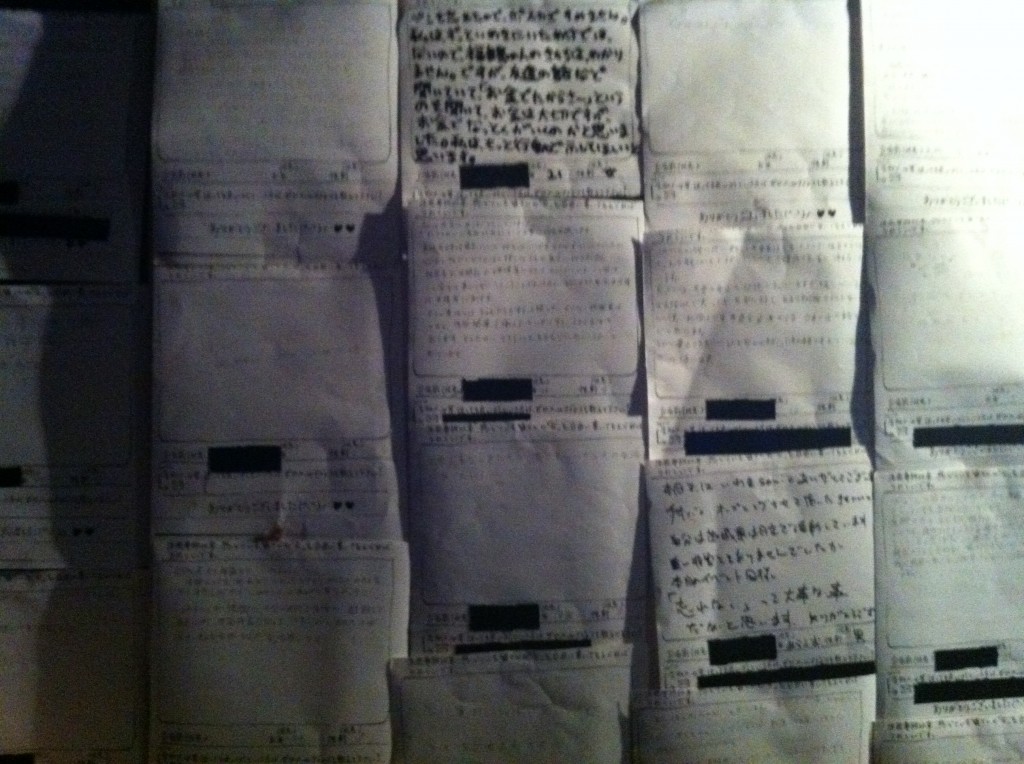
Fukushima residents mostly write that they are “worried,” but “try to forget about their fear of radiation.” Some also say that they “feel miles away from the anti-nuclear demos in Tokyo that demand to shut down all nuclear power plants in the country.”
The Shingetsu Toka (“The New Moon Flowers”) was founded in 2006 when they still played acoustic music. The girls mostly grew up in Tokyo and started to play electric guitars in 2009. “When the moon is in its first phase, there is a dark side to it. We chose this name because, as an image, we want to grow flowers in dark or invisible places of our world ands shine light on the things that most of us don’t see or try not to see.” Yukiko Yamagishi said.
A common ally: rock musician and nuclear plant worker–Kenji Sato
The girls are not just singing anti-nuclear songs and displaying sheets in their concert hall. They play as often as possible with Kenji Sato, 30, a guitarist and singer who grew up in Tomioka town, in Fukushima prefecture and currently lives in Iwaki city. Kenji Sato is not an ordinary musician, he is a worker at Fukushima Daiichi nuclear power station since March 23rd of 2011. He is a musicial collaborator and a “source” for these “radioactive material girls.”
Kenji likes to share information with them. He was mainly a tekiya or street merchant* in Iwaki, Fukushima prefecture, before the nuclear meltdown. Kenji Sato plays 2 or 3 live concerts in Iwaki per month. He was invited to give live concerts in Tokyo more than four times after the Fukushima nuclear accident.
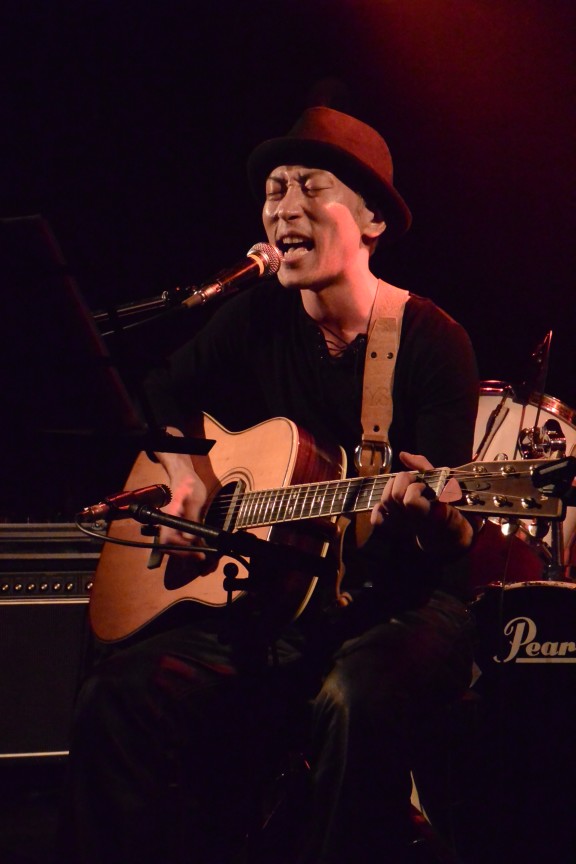
“I started working at the Fukushima Daiichi nuclear power plant in October last year. Before that I was decontaminating cars at J. Village in Nahara town, Fukushima prefecture, in the early days of the nuclear crisis.” J. Village is the name for the gated area established by the Japanese police to control the entry to the former 20 km no-go zone.
“At Fukushima Daiichi, I now do various jobs, such as decontaminating the walls of Reactor 1’s spent-fuel pool building. Currently, I am working on a project to build a facility near the main gate of Fukushima Daiichi, where the nuclear workers will undergo radiation checks. Workers do that at J.Village for the time being.” Sato explained.
In mid-March this year, Tokyo Electric Power Company (Tepco) which operates the Fukushima Daiichi nuclear power plant, reportedly announced that a rat gnawed on a switchboard or wiring and caused power shut down that disabled the spent-fuel pool cooling systems for reactors 3 and 4 of the Fukushima Daiichi nuclear power plant for 30 hours. Surprisingly, even though Sato was at the site, the first news of the accident and the shut-down came to him via Twitter, he said. “The information did not come from Tepco, although we were all working there. They don’t tell us anything.”
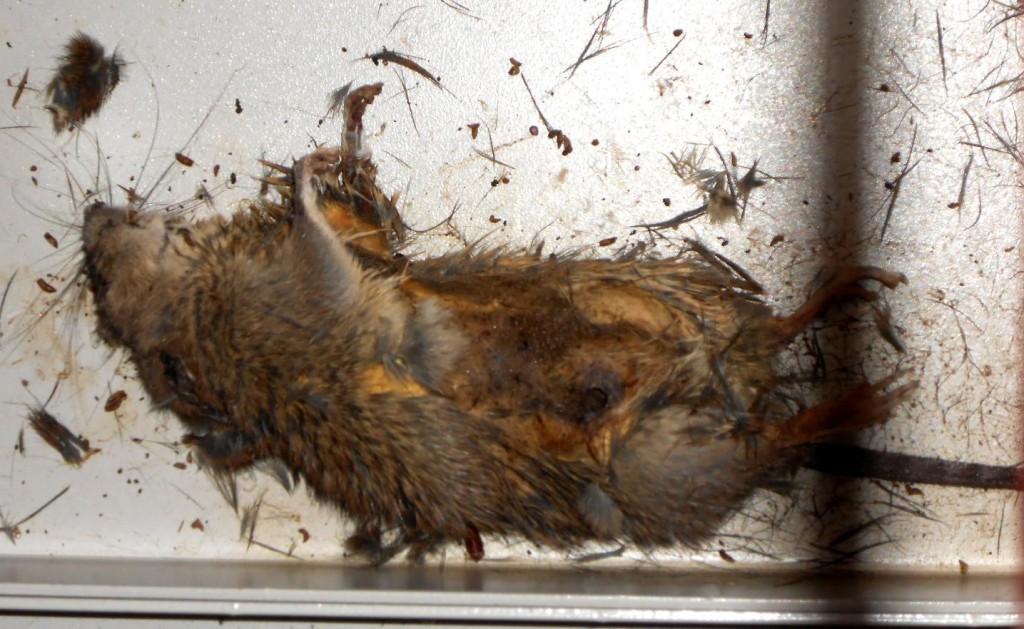
As for the contaminated water leaks taking place currently, Sato said that he and his colleagues at the power station do not care too much about these things. “I mean, I’m not stupefied to hear that news, and in the end, we’re too used to working at the site to get upset. We can’t see the threats with the eyes, so we try not to dramatize it. It has become a routine.”
Kenji Sato’s family house is still situated in the current no-go zone. In April of 2011, the Japanese government designated no-go zones within a diameter of 20 kilometer around the crippled Fukushima Daiichi nuclear power plant. In early April of this year, the Japanese government redefined the no-go zone and re-opened the east costal area of Namie town and some other areas, where a total of about 20,000 people resided before the 3.11 meltdown. The places that are forbidden to return have an estimated annual radiation exposure exceeding 50 millisieverts.
Sato cannot return to his family house in Tomioka town but was able to visit his high school during the Golden Week, together with this reporter. His parents moved to Kooriyama city after they evacuated the town.
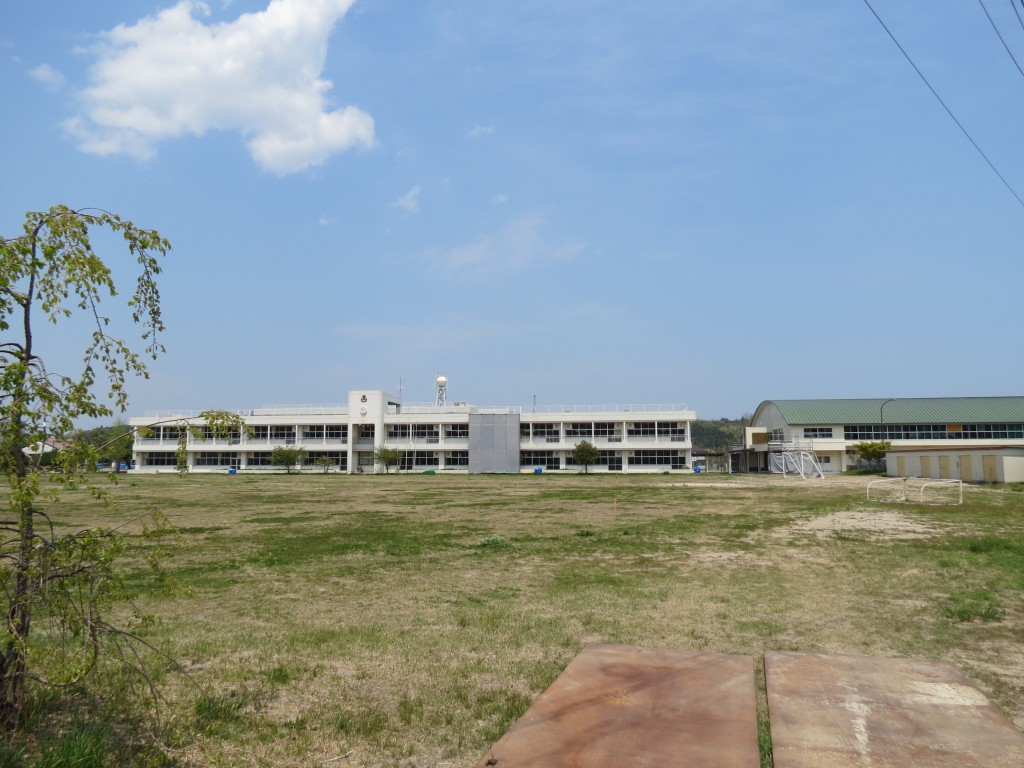
Kenji Sato said that it was hard for him to discuss certain things that are happening at the Fukushima Daiichi power station, because being associated with Tepco has became a sort of taboo.
The nuclear power station worker blues
It is quite hard to work at the Fuksuhima Daiichi nuclear power plant when a majority of Japanese people, and especially those who protest against the restart of nuclear power plants in Japan, insult Tepco employees.
Unsatisfied Fukushima residents and farmers are currently fighting a lawsuit against Tepco. People working at Tepco are under pressure and often get insulted at public hearings. If you attend even one meeting, you can feel the hostility. There is also a great bitterness felt by those who saw what was going to happen and were ignored until their worst fears were actualized.
Hideo Ouchi, 76, who is currently helping a group of Fukushima residents to receive proper compensation from Tepco for the damage caused by the nuclear accident, had opposed the construction of Fukushima Dai-ni nuclear power station 40 years ago together with 404 other residents who fought Tepco in court during more than 15 years starting from 1975. They lost. “The judges discouraged us by telling most of us that we had no rights to oppose the construction of the nuclear power plant because we lived too far from it. My house was situated about 40km away from it.” Ouchi said.
More than 260 residents, mostly elderlies participated to a public hearing that took place in Nihonmatsu on April 30th of this year. About 30 Tepco officials wearing austere black suits faced a 2 hours long Q&A session in a big hall at the Gender and Equality Center of Nihonmatsu. The crowd was furious to learn that Yoshiyuki Ishizaki (Deputy Chief of the Emergency Response Headquarters for Reliability Improvement at Fukushima Daiichi Nuclear Power Station) did not show up at the hearing as promised.
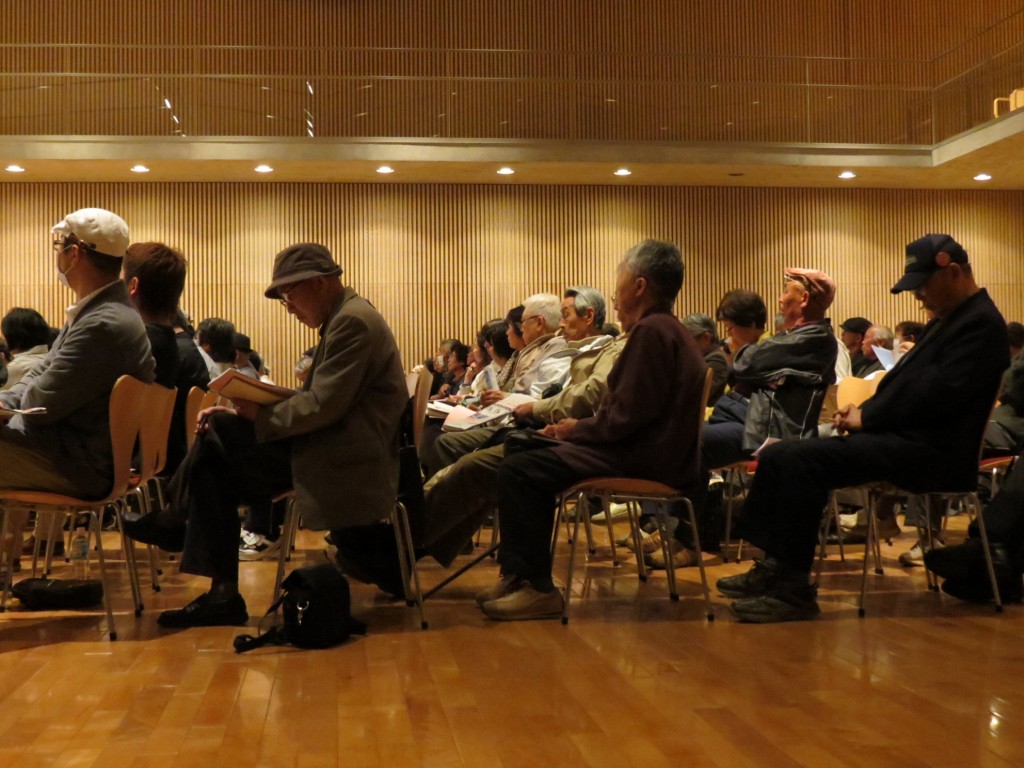
Katsuko Kano, 77, a resident of Iizaka town, near Fukushima city complained that she came to hear the words directly from Ishizaki. “Ishizaki is irresponsible. Tepco is not winning our confidence by canceling official meetings with residents at the last minute. I am not afraid of the radiation because I am over 70 years old, however I wish to fight Tepco because I want my grand child who is only 15, to live in a nuclear-free world.”
Mamoru Watanabe, 74, a bank employee in Fukushima city said that it is only the residents of Fukushima who can build a future nuclear-free Japan. Koichi Sakamoto, 47, a hospital secretary said that there are too many Japanese people who don’t know how to protest against something they don’t agree with. “I came here today, and I will fight each and every day until Tepco appropriately compensates the victims of this nuclear meltdown and admits in public that 3.11 was a man made disaster. Many citizens unfortunately gave up on their fate.”
The answers given by the Tepco officials on that day with regard to the compensation issue were unclear and they kept asking the crowd to request compensation to the Japanese government, as the decontamination efforts were financed by Tepco already.
But “Radiation don’t stop after 20 km, you pigs!” A woman yelled in the crowd. “Would you move your family to Fukushima if you were called to work here?” Another person added.
A member of Shingetsu Toka can’t help feeling frustrated by the hatred and anger caused by the nuclear accident. “Those who are cleaning up the mess at the power plant shouldn’t be blamed for their work. They are sacrificing their health for the rest of the nation. And men like Kenji do it because they need a job.” A musician from Shingestu Toka said.
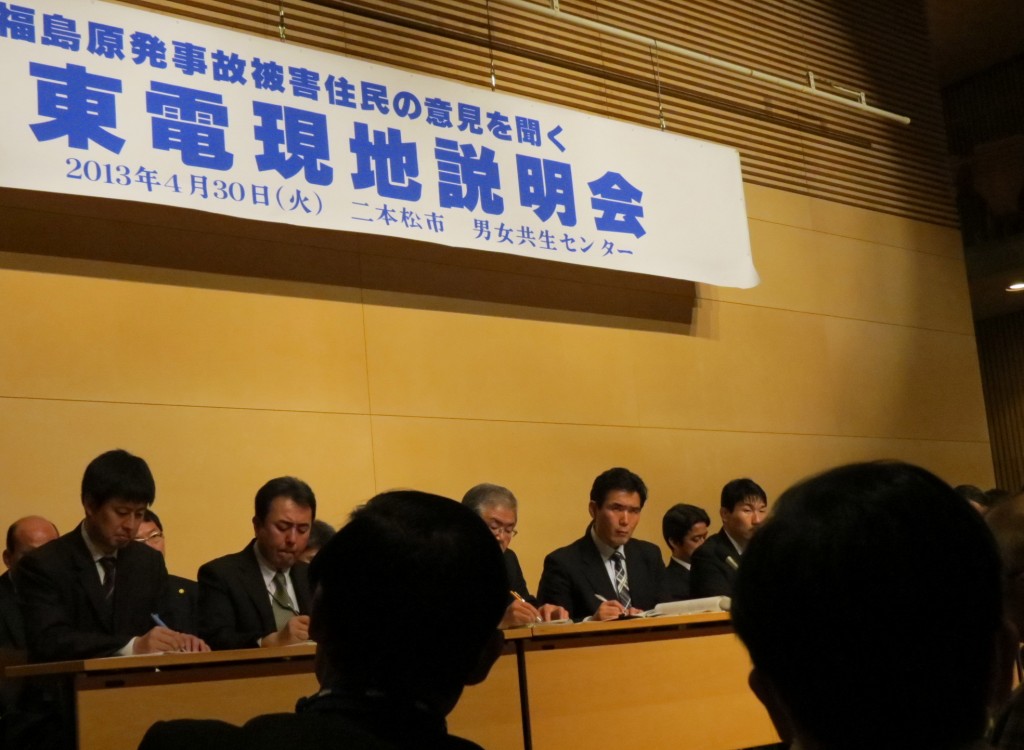
Rocking in a hard place
Kenji Sato said he started to work on March 23rd, 2011. “I received a phone call from a local oyabun-san, who told me that some labor companies, or you can call it human resources groups, were hiring new workers. I was asked if I wanted to take a part-time job involving car washing. I was interested in decontaminating Tepco employees’ cars, and that’s how I took the job.”
In the beginning, Sato was paid about 2000 yen an hour. However, some older men, over 50 years old were reportedly working for 7000 yen per day. “
It’s way too cheap for someone who is risking his health.” A Shingetsu Toka member commented.
“Sometimes, among the workers, it happens that someone refuses to do certain jobs.” Sato explained. “It was after about 6 months that Tepco started to hire workers massively and directly. During the early days of the crisis, private companies were doing all the hiring.”
Kenji didn’t respond to the question whether he was forced to sign a confidentiality clause with Tepco or another construction company for not discussing what was happening inside the crippled power plant.
“I work at the crippled power plant because I need to make a living. I am used to radiation, so I can’t say that I’m afraid of it.” He said.
Kenji Sato works there every day of the week. It depends on the job, but usually between 3 to 4 hours per day inside the nuclear power plant. In summer there is a limited amount of time to work because of the heat. Otherwise there are no time limits for the daily work. “It depends on the job we’re assigned to do. Sometimes we have to do it until we finish it.” He explained.
It takes him between 10 to 20 minutes everyday to get dressed in his anti-radiation suit and mask.
“I am not conscious that I write anti-nuclear songs. I simply write my lyrics according to the things I feel in daily life. I am not writing against the nuclear power or the nuclear industry.”
Kenji Sato’s songs are often sad and dark. He sings songs in a powerful voice, you would never imagine could come of his frail skinny body. He is not a professional yet, but he is hoping that in the future he can earn his life being a singer and musician, not as nuclear power plant salvager.
“I am against nuclear energy, but at the same time I accept what happened to my generation. We cannot say that Tepco is the only responsible entity for the 3.11 Fukushima nuclear accident. The Japanese government was also responsible for part of it. It was also partly thanks to Tepco and the Daiichi nuclear power station that Tomioka town flourished, in the past. I cannot designate who is responsible. Maybe I was responsible too. Everybody now claims that they are anti-nuclear activists, but then why did they wait until an accident happened? They could have shouted out loud before an accident happened.”
Kenji Sato said that the salaries were “pretty good” if you work at the Fukushima Daiichi power plant. “I have few working partners. I cannot recognize them because we can’t see each other’s faces under the thick masks. We don’t know each other, just as no one knows what is really going on at Tepco and Japan’s nuclear industry. We’re all in the dark.”
Although, the cover-up of the magnitude of the disaster at Fukushima continues, Kenji Sato and Shingetsu Toka make sure that at least the voices of the people are heard. The truth can be covered up but not silenced. The question remains as to how many people in Japan are really listening.
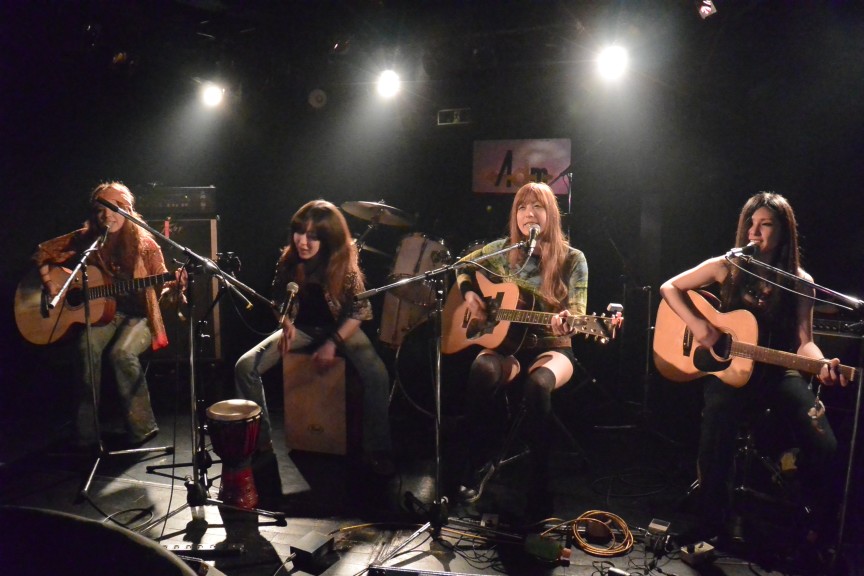
*Tekiya (street merchants) are sometimes considered a type of yakuza but not all yakuza are tekiya and many tekiya are not yakuza. Tora-san, of the famous film series, is a tekiya.
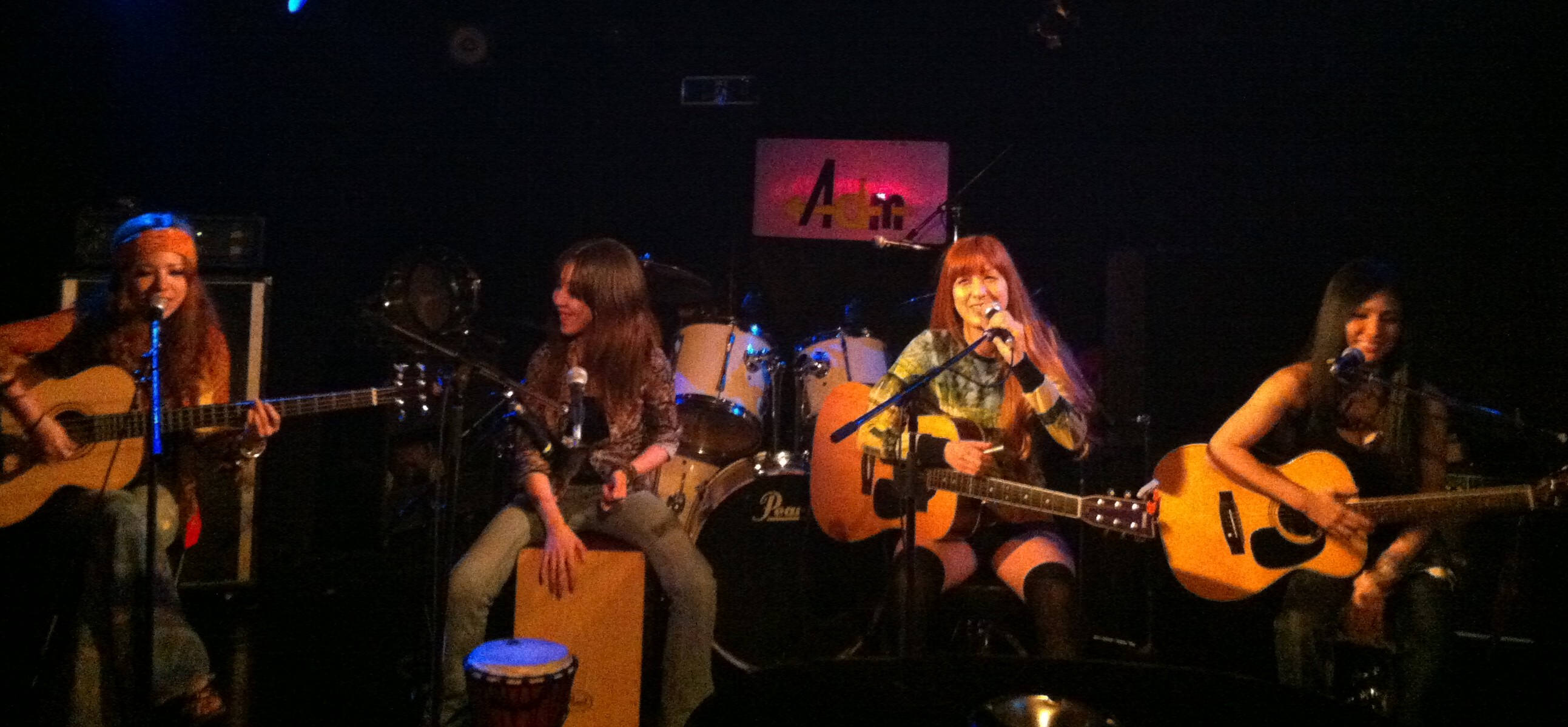
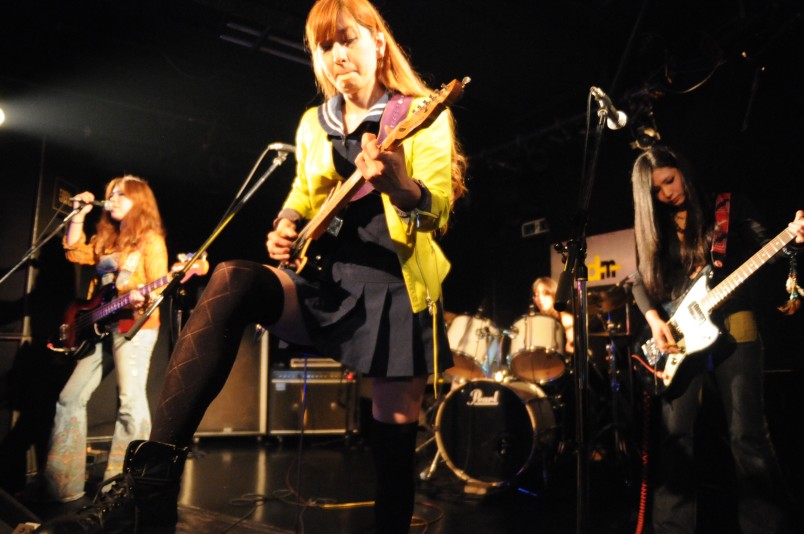
[…] Continue reading at Japanese rockers sing the truth about post-meltdown Fukushima. Is anyone listening? […]
‘Until then the Japanese fashion subculture was dominated by the so-called “Harajuku Girls,” who became famous after Gwen Stefani’s 2004 solo pop album. ‘
SMH. That line is a disgrace for a site calling itself japansubculture.com
It’s an opinion! We don’t take ourselves or japanese fashion subculture very seriously. Perhaps we should but fashion is mostly opinion, no?
Yeah, I have to agree that perhaps this site should lean away from anything really about ‘subculture’ or ‘fashion’ as you guys tend to come across as completely out-of-touch middle american dorks more often than not. I think the straight political reporting angle is better suited to what you can do.
We’re trying! Check out our latest entries.
[…] SubCulture has an in depth look at a band and a musician that are trying to share understanding of what has happene…. The band, The Shingetsu Toka have worked with school children and evacuees as part of their shows […]
[…] Japanese rockers sing the truth about post-meltdown Fukushima. Is anyone listening? (japansubculture.com) […]
hi my friends
[…] Japanese rockers sing the truth about post-meltdown Fukushima. Is anyone listening? (japansubculture.com) […]
[…] Japanese rockers sing the truth about post-meltdown Fukushima. Is anyone listening? (japansubculture.com) […]
this blog is ok but honestly all i care about is that black sabbath are the greatest band in history
Do you perhaps have a transcript of the original interviews with the band/Kenji Sato in Japanese? I am also curious as to wether Kenji Sato has a website/blog or something of the sort that i can look at? Much appreciated.
I am from France and discovered Shingetsutouka 1 year ago, they are musically an amazing 60’s spirit band. Plus their political/social awareness. Thanks a lot for writing about them!!
You are really welcome!